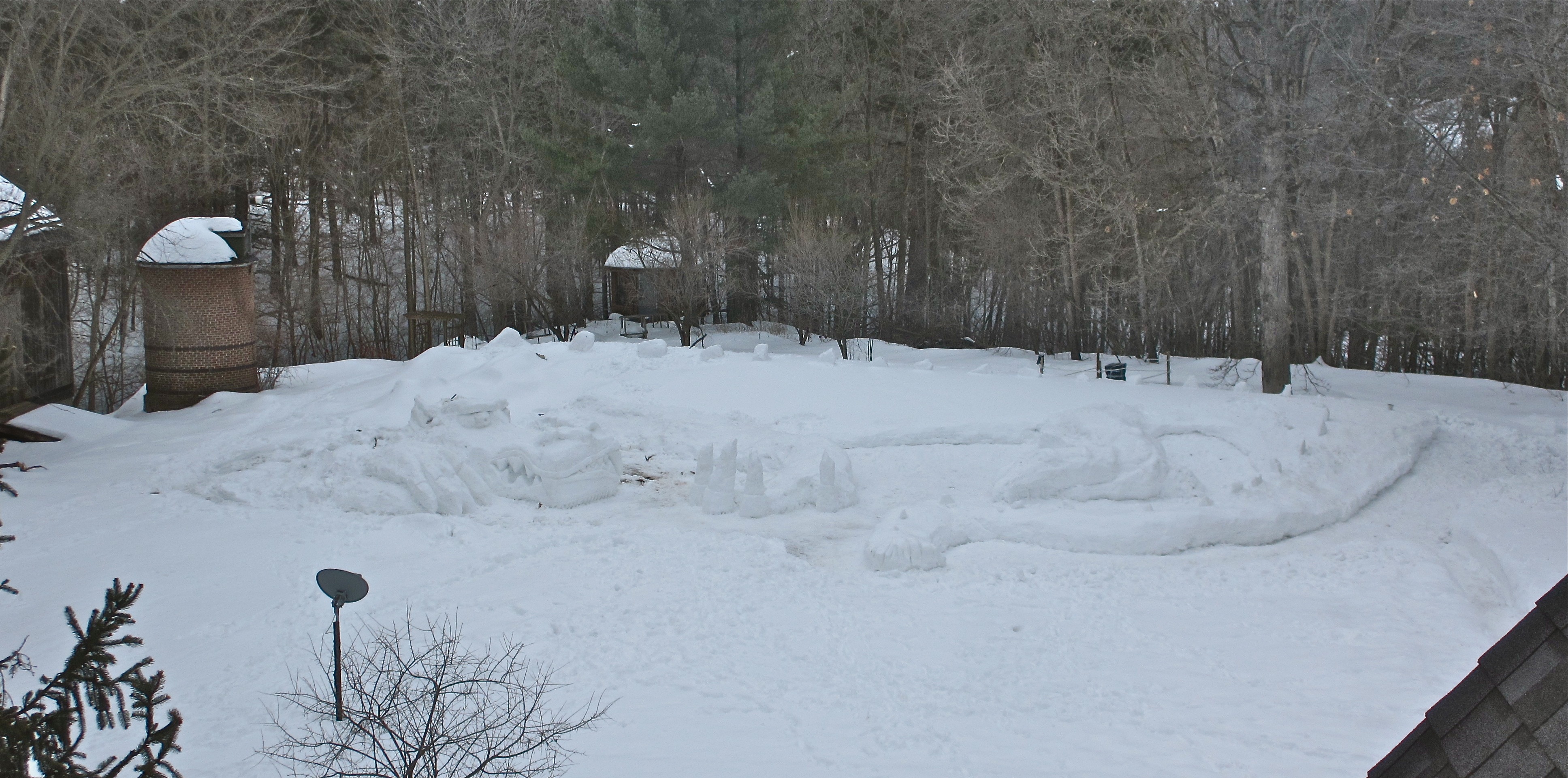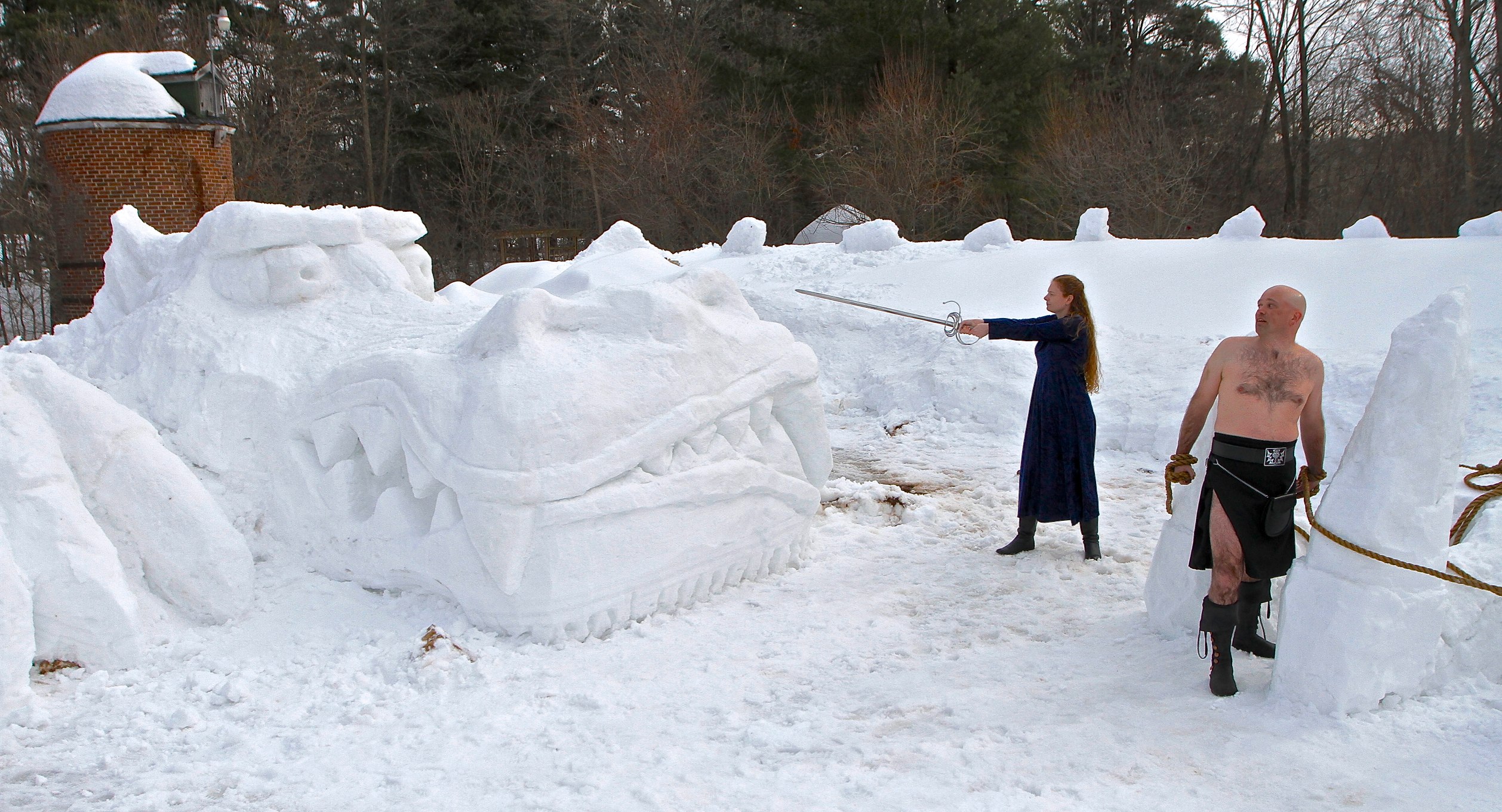This will be a multi-post discussion of pitching, pitch sheets, synopses, and proposals, none of which are much fun for most writers.
We’ll start with the elevator or, personal, pitch. Why do it at all? That’s the first question since it’s really the book that makes the sale. What’s the point? I’m not too fond of them myself, for reasons I’ll explain below, but here are a number of reasons why you might want to do this.
1. Many writers have never actually had any interactions with an editor beyond the profoundly impersonal form-rejection. A pitch session allows a writer to actually verify the existence of a real live human being at the other end of the process as well as exerting their own personhood to the editor. This may not do any good, but it can help a writer feel that they’re not up against some giant inhuman system and make them feel empowered.
2. Mad personal skillz. Despite what stereotypes might say, many writers are social creatures and some are even very good at personal interactions. Writers who fall into this category may believe (with some reason) that they can do a better job of convincing an editor to give their novel a look using tone of voice, gesture, eye-contact and other interpersonal tools than they could through a query and synopsis or pitch letter. Depending on the writer’s skills on that front—a related but not identical skill to novel writing—they could well be right.
3. Multiple projects. Some writers are idea fountains. They have ten or twenty novel ideas at any given time. And, as part of deciding which one to work on next, they’re interested in editorial opinion, believing (not unreasonably) that an editor is going to be more likely to buy a novel on a subject they liked from the inception.
4. Nothing else has worked. After the tenth rejection on the fifth book, a writer can get to the point where anything that has any chance of moving their career along looks like a good idea.
5. Choose your own adventure. I’m sure there are many other reasons, and I’m sure some of you could name them.
Okay, so here’s my promised explanation of why I don’t like to pitch my novels. First off, I’m a writer. If I wanted to work with a live audience I’d have stayed in theater. I really really don’t miss stage fright, and pitching triggers it for me. When an editor asks me about my current book I’m not fool enough to decline to talk about it, and I do practice thinking through what to say in those situations. That’s because if I have to improvise on the subject of novels I turn into a babbling cretin. The question “What’s your novel about?” induces instant split personality disorder.
The half that is still a theater person usually goes into “wit” mode and tries to say things like “it’s about a hundred thousand words, why do you ask?” This is not a smart idea, and the frontal lobes are pretty good at stepping on the impulse. But having half of your brain trying to turn a serious conversation about your work into a stand up routine leaves only half a brain for the actual conversation. Worse than wit mode though is the actor’s nightmare, when the actor side of my brain suddenly realizes it’s in a terribly important performance and that it doesn’t know its lines!
Then there’s the writer half of my brain, which immediately starts whining to itself. “If I could tell the story of my book in two minutes I wouldn’t have had to write a novel.” This is true on some level, but also pointless. Then my writer brain starts trying to condense and synopsize, both of which are important skills, but are much easier to deploy at the keyboard with plenty of advance notice—or at least that’s what my internal writer voice says.
Basically, without proper preparation, it’s all bad. The separate parts of my brain make horrible individual decisions and then start yelling blame at each other when it all goes to shit.
So, what should you do when you’re on the spot? I’ll talk about that next time in part II, Synopses Suck.
This post was originally written in part to respond to a thread over at making light. In the original thread there was some discussion of the pluses and minuses, real and perceived, of pitching a book to an editor.
(Originally published on the Wyrdsmiths blog January 29, 2007, and original comments may be found there. Reposted and reedited as part of the reblogging project)



